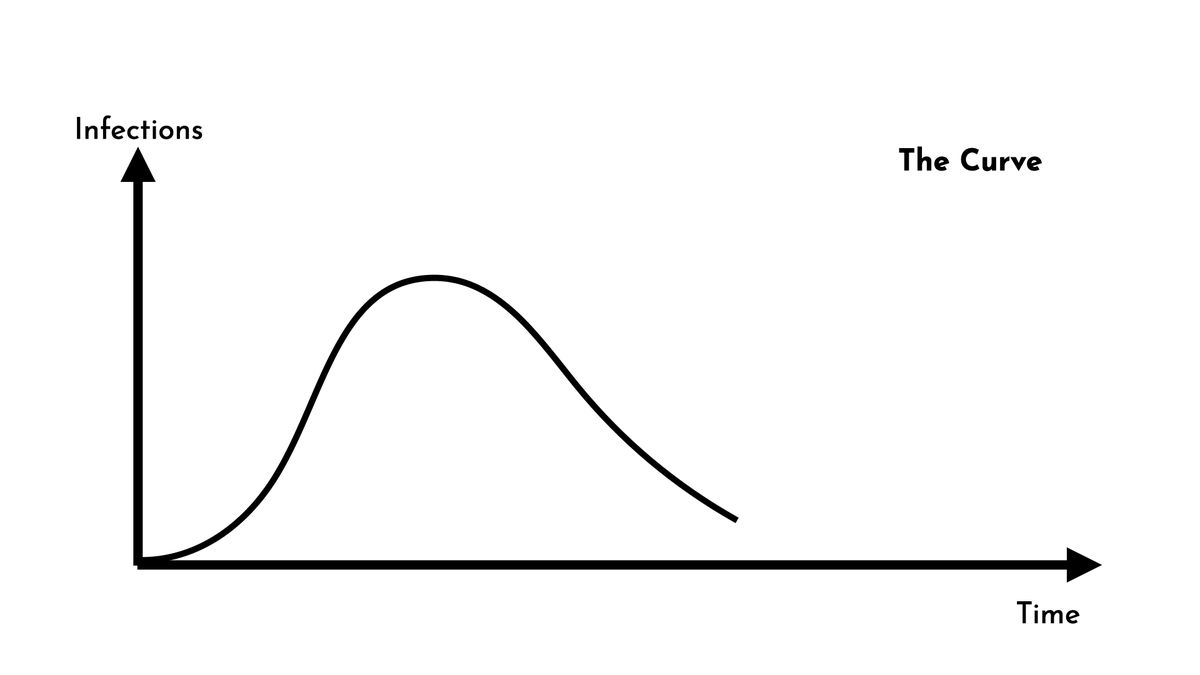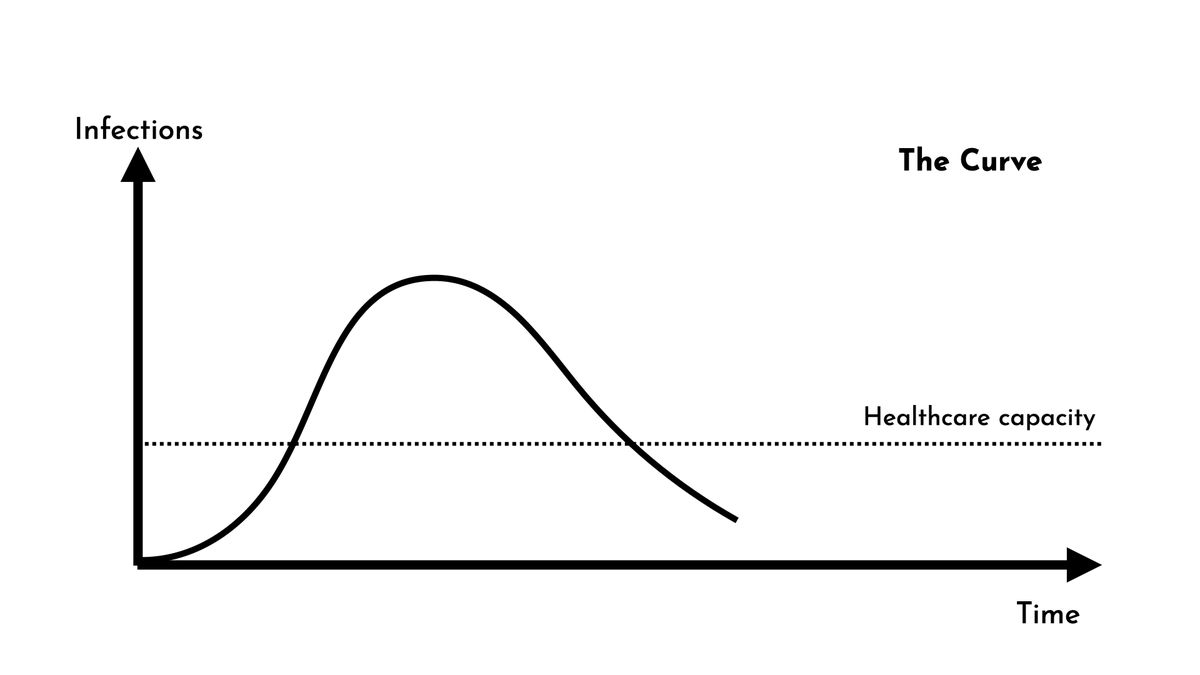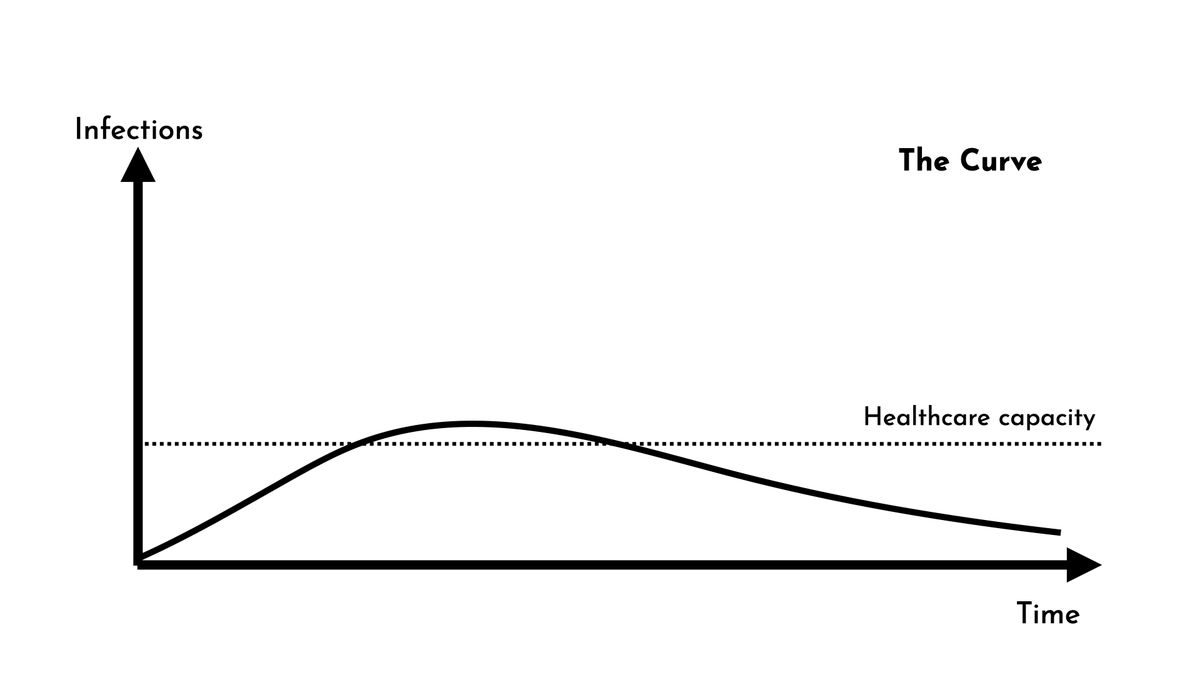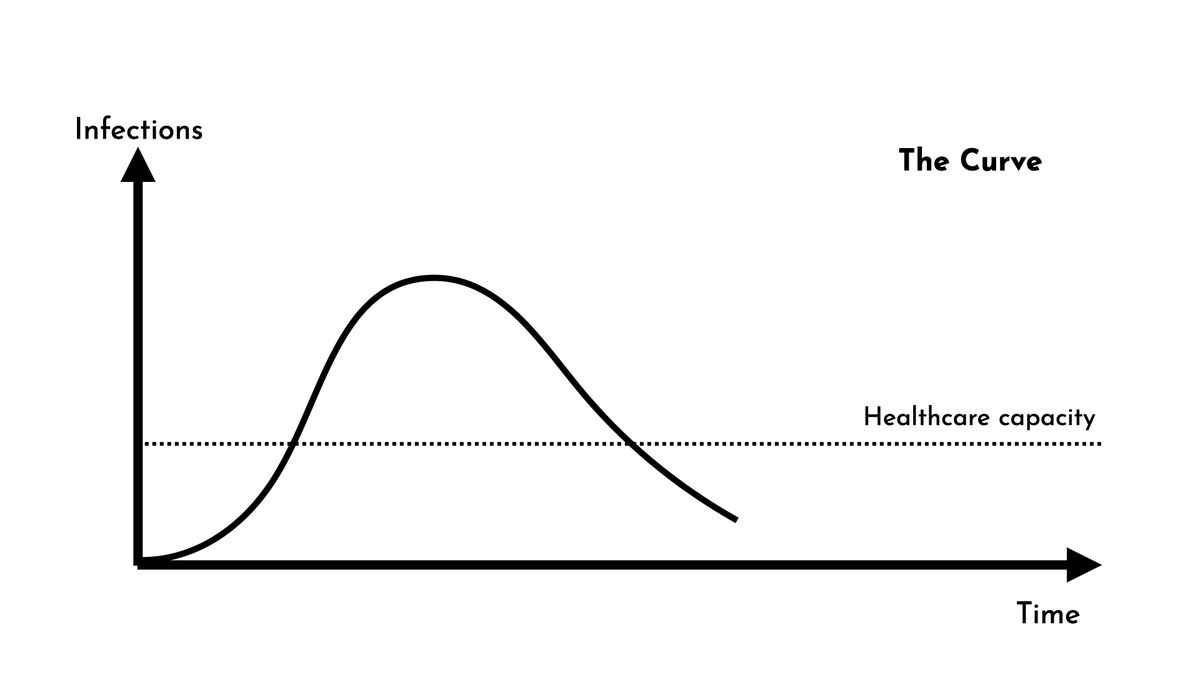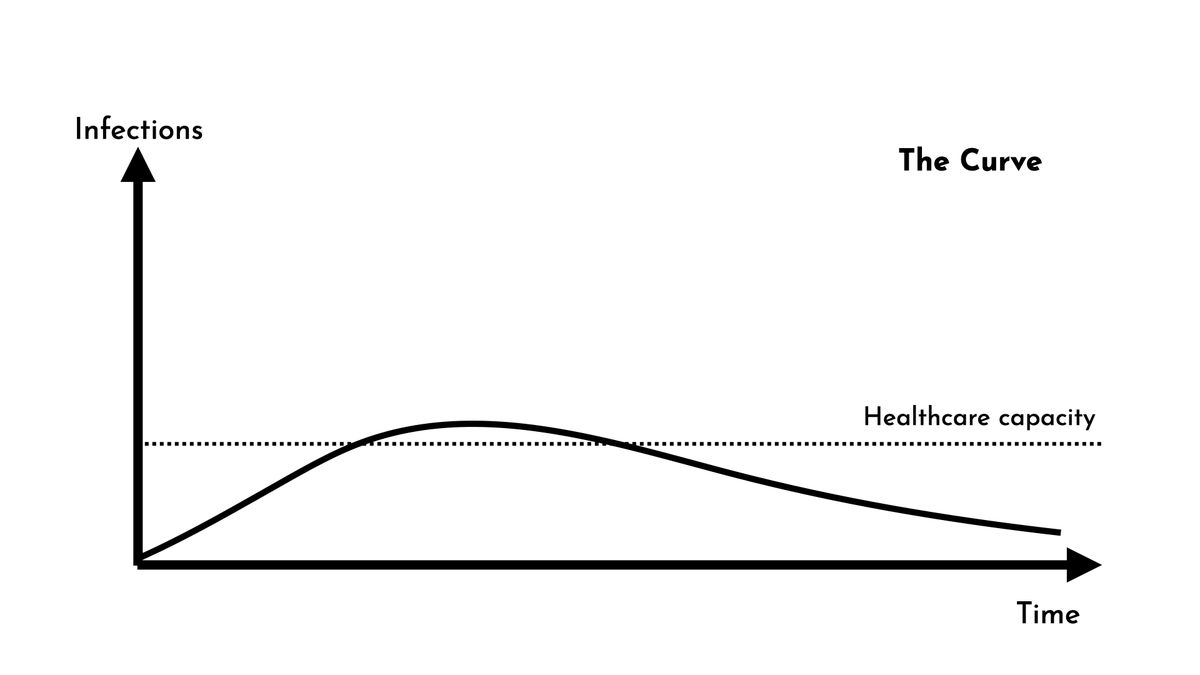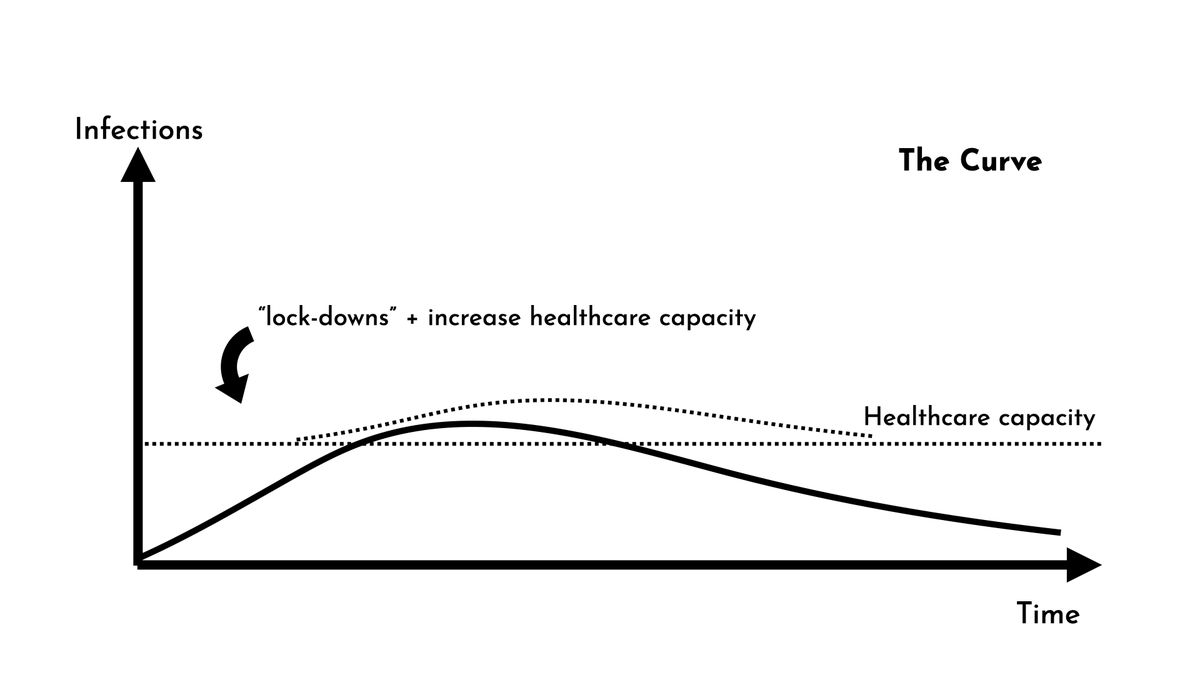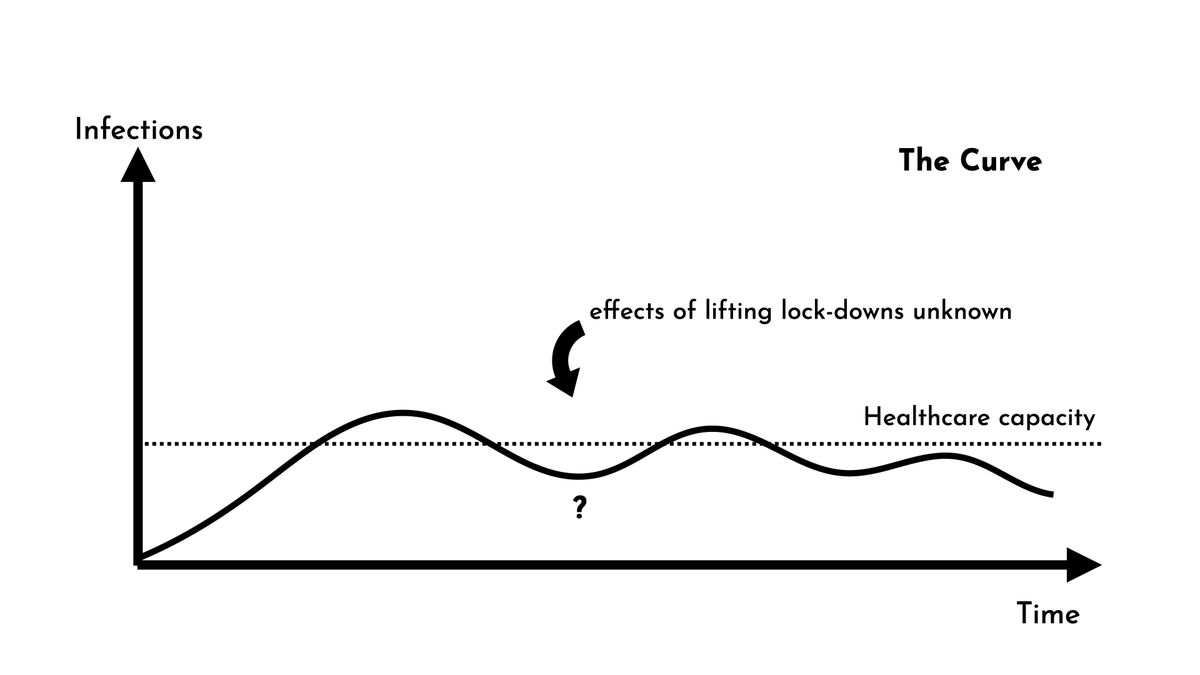-
Herd immunity is reached when a large population becomes immune to an infection, either * through previous infections OR * through vaccination and hence there is protection for individuals who are not immune, because there is less chance they meet someone ill. 1/ thread 👉
-
…in reply to @axbom
Herd immunity slows spread of disease but generally does not stop it. Some individuals can not become immune, because of conditions such as immunodeficiency or immunosuppression. Or being an infant. For these people herd immunity is crucial. 2/
-
…in reply to @axbom
Herd immunity is not a strategy, it's just inevitable as time passes. At least when it comes to diseases that are contagious. It occurs naturally or through vaccines. Mass vaccination is a form of inducing herd immunity and successfully prevents the spread of many diseases. 3/
- …in reply to @axbom
-
…in reply to @axbom
While we wait for a vaccine that can help us reach herd immunity more safely, the way to save the lives of those seriously ill is to have a healthcare system that can care for all of them. This means extra effort to not get sick yourself and not getting others sick. 5/
- …in reply to @axbom
- …in reply to @axbom
-
…in reply to @axbom
I also hear people interpreting "herd immunity" as something we want to avoid. But herd immunity is not really a strategy, it is simply an inevitable end-game. And it's how the most vulnerable become better protected, enabling them to lead more normal lives. 8/
-
…in reply to @axbom
What countries are doing right now is deploying different strategies for keeping infection rates down, not to avoid herd immunity (everyone wants that in the end), but to minimize deaths due to hospitals and medical staff working at max capacity. 9/
-
…in reply to @axbom
Some countries appear to be doing a better job than others but there are many risks with comparing different countries right now, as it's still early in the pandemic and HOW the spread is happening in each individual country is not really known yet. 10/
- …in reply to @axbom
- …in reply to @axbom
-
…in reply to @axbom
I do not favor one approach over another, that is far from my expertise, but what I'm taking away from all the professionals that I listen to, is that there are still too many unknowns and it will take a long time (probably years) before a reasonable evaluation can be made. 13/
-
…in reply to @axbom
To finish off, being able to gauge herd immunity for different areas and groups of people will certainly be crucial to understanding when populations can start moving around more freely. It's a key indicator. 14/
-
…in reply to @axbom
Anyway, don't listen to me, listen to WHO and your national disease control operations - they are the ones keeping an eye on your country and what is specifically happening there. Stay safe and remember to protect the vulnerable by following regulations and advice. 15/
-
…in reply to @axbom
If you did want to read more on herd immunity, you can always start with the Wikipedia article: en.wikipedia.org/wiki/Herd_immunity 16/
-
…in reply to @axbom
And remember, there will always be some detail in this reasoning that I have misinterpreted or should be elaborated on for a more complete picture, so keep an eye out in follow-up posts. Or build on my thoughts to compose your own better ones. Be good. 17/
-
…in reply to @axbom
For instance, elaborating on the "flatten the curve" numbers, there are of course also scenarios in which treatments get better over time, thus reducing loss of life. And a vaccine would, in fact, contribute to reducing number of infections in the long-term. 18/
-
…in reply to @axbom
The professionals are right now saying that COVID-19 will likely be with us for a very long time, returning in waves, or seasons. I believe them. And I believe human behavior in social gatherings will change significantly... 19/
-
…in reply to @axbom
Another objection one might have is that it's better to try and contain the spread, and eradicate it, rather than just "flatten the curve". Something usually done with contact tracing, strict isolation and "lockdowns". There are now signs of success in S Korea and China. 20/
-
…in reply to @axbom
To the best of my understanding this is what many countries start out attempting to do. But as soon as you have community spread it becomes very difficult. Enforcing city-wide lockdowns has proven hard in Europe. Once we went pandemic the efforts appear unpredictable. 21/
-
…in reply to @axbom
But I welcome being surprised by community efforts. Shutting down air travel to the extent that has happened already is not something I think many would have guessed feasible a few months ago. Factors will continue to change, and predictions and numbers along with them. 22/
-
…in reply to @axbom
And yes, a disease can be eradicated if elimination is achieved worldwide and the number of cases is permanently reduced to 0. There are two cases: Smallpox was declared eradicated in 1980, and Rinderpest in 2011. But distrust of modern medicine makes eradication difficult. 23/
-
…in reply to @axbom
Also, beantin reminded me that among the many unknowns are the uncertainty of how long a person will remain immune and how the virus itself will mutate. Alas, herd immunity puts evolutional pressure on the virus to create new strains. Let's leave this as a future topic 😬. 24/
